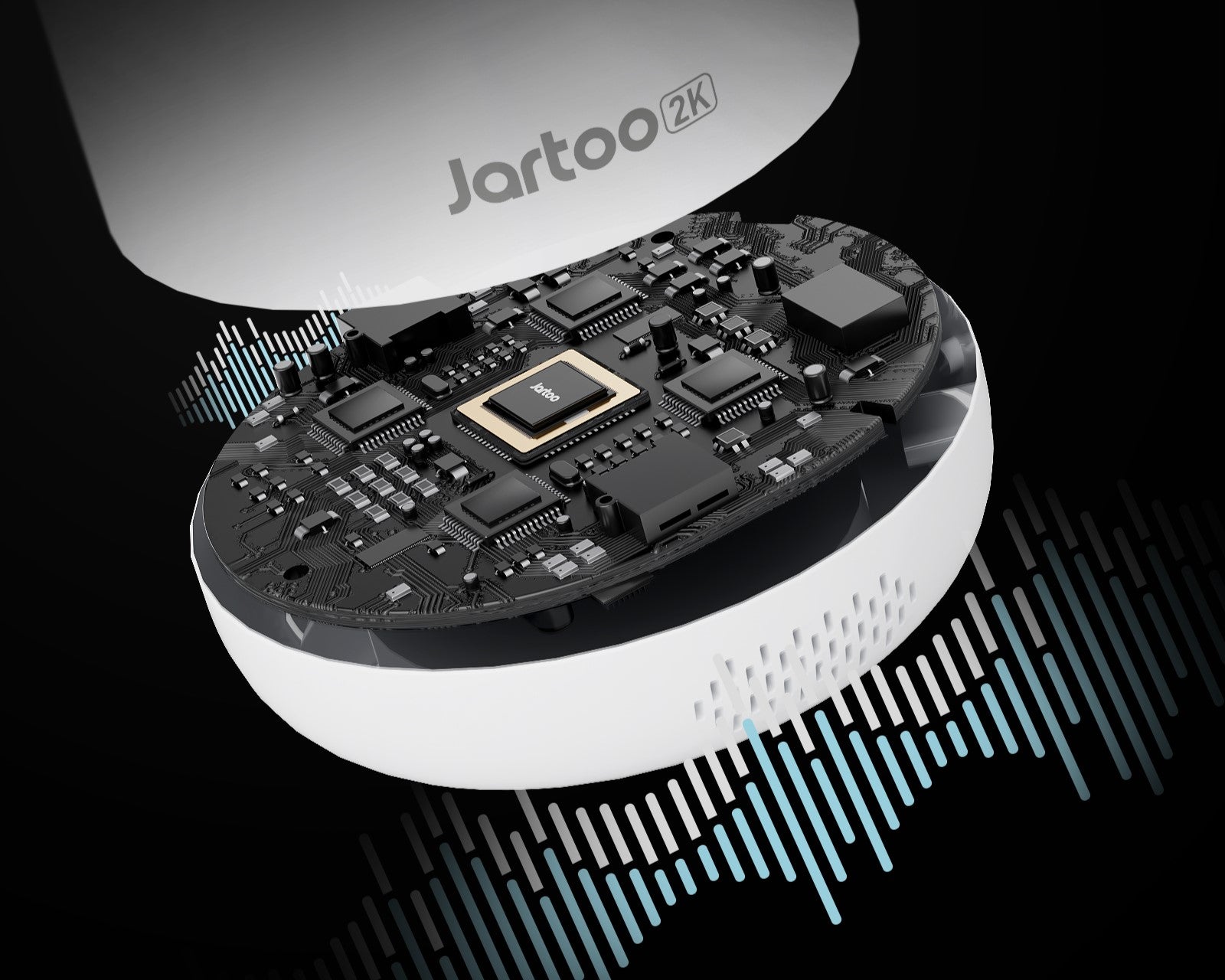Cry Detection vs VOX: Understanding the Differences in Baby Monitors

What is Cry Detection?
How It Works
Benefits
Limitations
What is VOX (Voice Operated Exchange)?
How It Works
Benefits
Limitations
Comparing Cry Detection and VOX
Accuracy
Customization
Battery Life
Cost
Which One Should You Choose?
Conclusion

Trending Articles

Title

Title

Title

Title

Title

Title

Title

Title

Title

Title

Title

Title